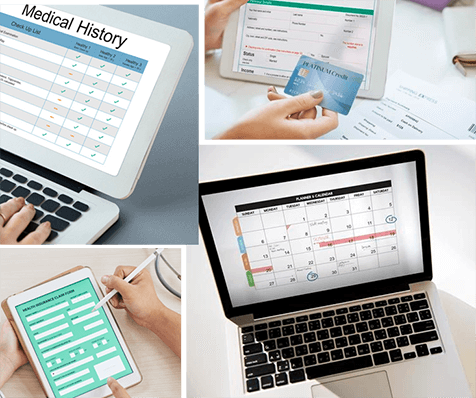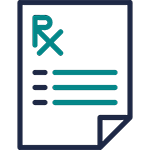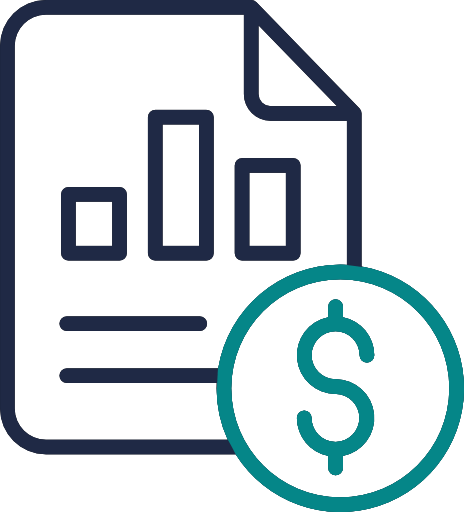The global pandemic has had a significant impact on healthcare organizations in America. One of the recent changes that have occurred is putting up transparent prices for services and procedures online, which will allow people to know what they might need before deciding if it’s worth getting or not- a great way towards transparency! At the same time, there are increased out-of-pocket expenditures from private insurance companies as well because treatments must now be approved by doctors who specialize in this new outbreak.
This is where Revenue Cycle Management (RCM) comes in!
With financial management issues in today’s healthcare system, it is crucial to have a well-defined workflow which is one of the crucial management aspects in a cycle of management. Healthcare institutions always need new ways to keep revenue flowing, and as the world economic situation goes down, we’ve seen an increased demand for healthcare services. Medical practices should develop effective strategies that can be used throughout all aspects to meet this challenge easily.
From billing through payment processing, the system should be automated so patients receive high-quality treatment and have peace of mind. Taking small revenue cycle management steps can help you achieve that goal by providing valuable insight into how your current processes work and what might need improvement or updating with new technologies like electronic medical records (EMR).
13 Steps of Revenue Cycle Management
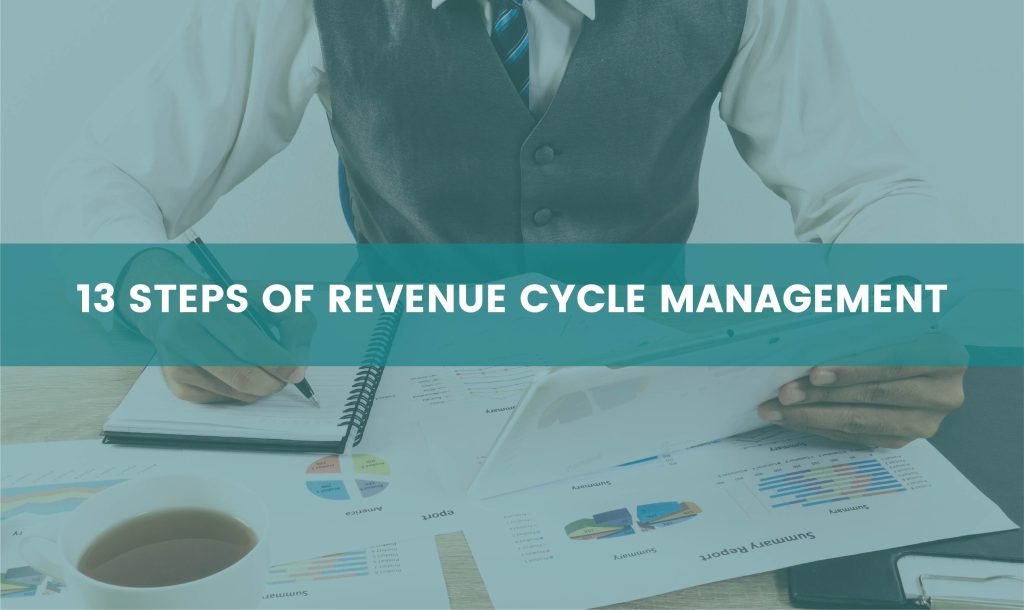
There are various steps in revenue cycle management. We are explaining all of the 13 crucial steps below:
1. Designing Revenue Cycle Management Work Model
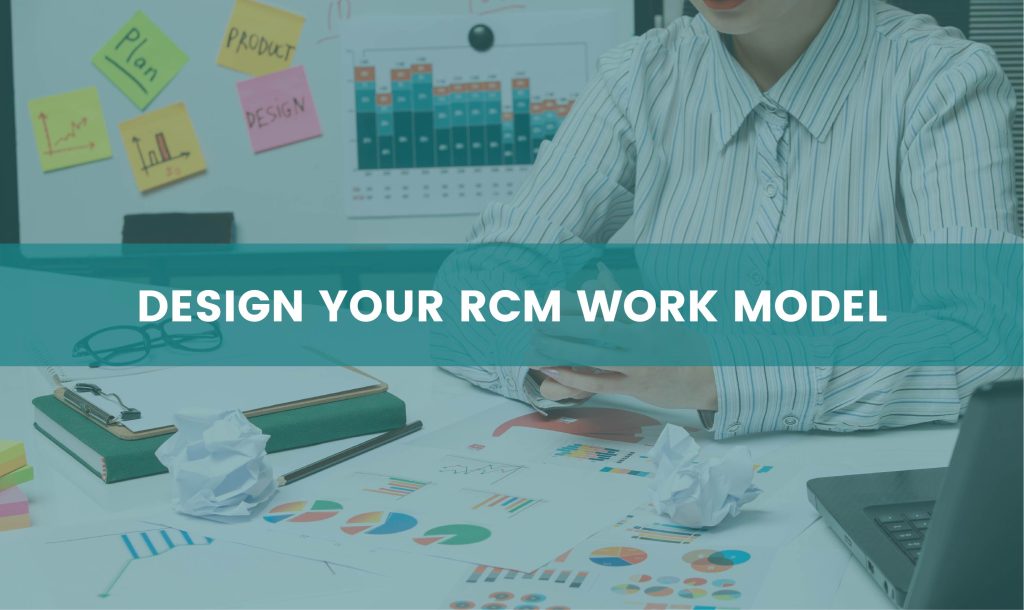
The first crucial milestone in revenue cycle management is ensuring that your organization has a repeatable work model. This will help you analyze the current teams working towards this goal, identify any vulnerabilities or gaps that need to be filled for success, and provide insight on best practices for maximizing cash flow from patient services.
Successful healthcare leaders should always stay up-to-date by following all regulations imposed within their field so they can soar higher than competitors who aren’t taking care of profit margins.
Read More: Revenue Cycle Management – What’s It All About?
2. Line up your Revenue Cycle Management Staff

Your staff members are in contact with every aspect of revenue cycle management, and they know that their work plays an integral role when it comes to meeting the company’s financial goals efficiently! So, make sure all stakeholders know what is expected from them through training programs or ask questions like: “How does this software help us accomplish?” For outsourced companies working together with internal teams as well as those who handle outside contracts/subscriptions; always ask why something needs doing at any given moment before jumping right into the action!
3. Registering the Patients

The patient registration process is one of the most important steps in the revenue cycle for healthcare providers, which involves collecting all of the necessary data needed to properly bill an insurance company according to ANSI 837 5010 standards. This data typically includes the patient’s personal and demographic information (such as full name, date of birth, address, phone number, and gender), insurance information (such as primary insurance provider and policy details), and any other relevant information (such as emergency contact and release of information).
Errors that occur during the patient registration process can lead to non-clinical denials from insurance payers. These errors can include inputting incorrect information (such as a wrong date of birth), failing to validate current insurance coverage and benefits, or misspelling a guarantor’s name. While these errors are often easy to identify and correct by submitting a revised bill to the insurance payer, it is important for healthcare providers to monitor denials on a daily basis in order to identify how many are caused by clerical errors in the registration department. This allows the provider to provide training and education to staff in order to improve the accuracy of the registration process and reduce the number of denied claims.
Read More: What Is The Solution For The Complicated Revenue Cycle Process?
4. Patient Eligibility Verification
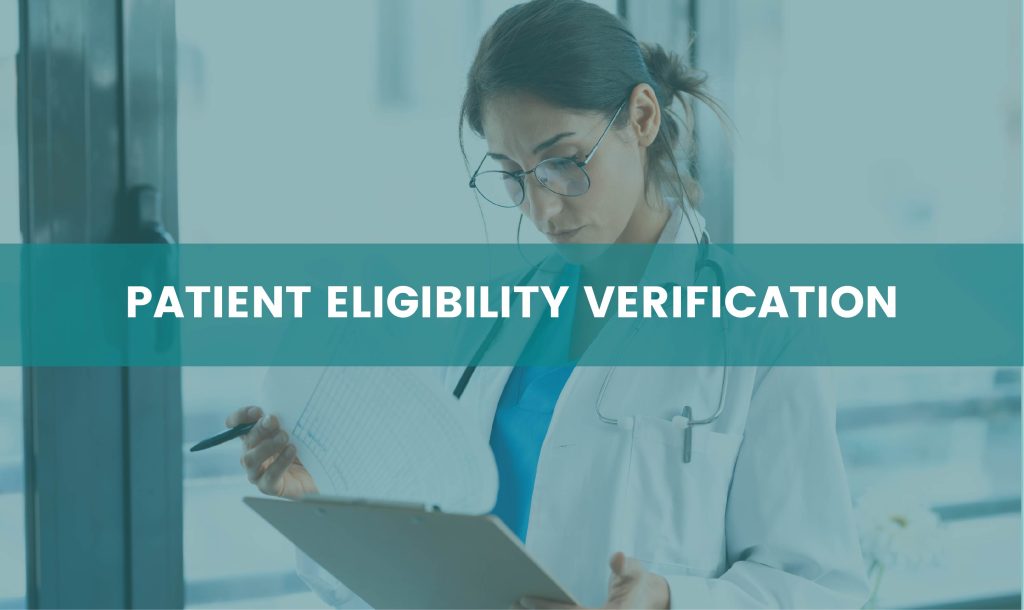
When opening up a new patient account, you must verify the insurance details on their behalf. In case there are any discrepancies during this process and before billing them for services rendered has begun. We advise contacting your customers ahead of time so as not to cause confusion or discomfort when trying collect payment later down the line.
The above passage discusses how important verifying an individual’s health care coverage is prior ́to providing treatment.
GreenSense Billing is one of the most professional medical billing and revenue cycle management companies in California, America. Please read our blog on RCM by downloading it through the following link.
13 steps of revenue cycle management pdf
5. Prior Authorization
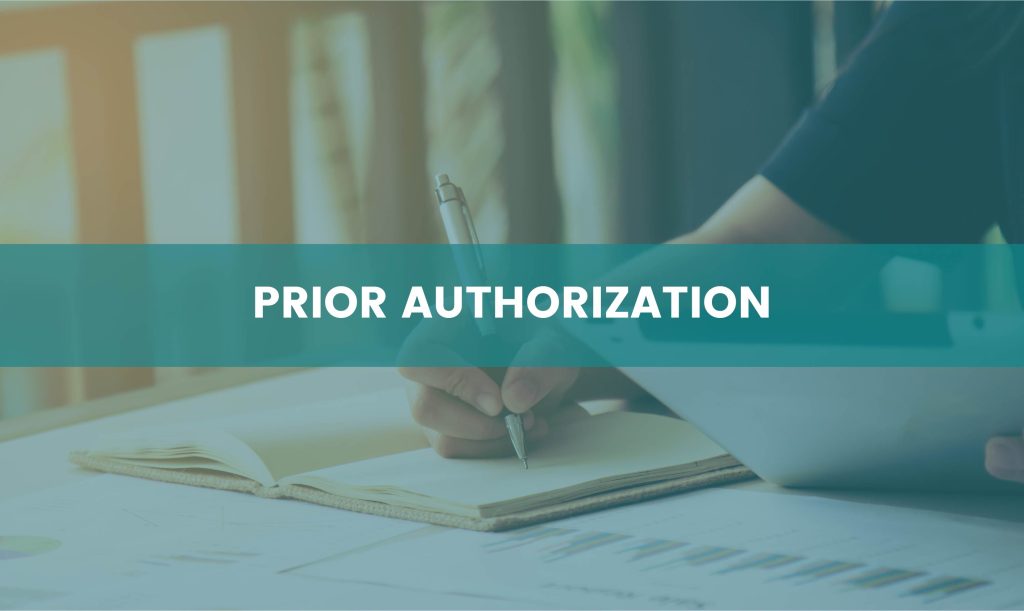
Different insurance companies have different rules regarding prior authorization for particular medical services. You need a prescription with ample proof of necessity before approaching your provider and requesting them to pre-authorize this treatment, even if you are covered under an individual or family policy!
6. Co-payment and Deductibles
When patients need medical care, they are often stuck with the out-of-pocket cost of any necessary treatments. This can be difficult for patients since their insurance company will typically not cover these costs. It is hard to find financial assistance services within your area if you live far away from where an attraction or hospital offers free clinics that provide limited hours each week (if any). To make things easier on everyone involved, let us help take away some stress by providing information about how much money may still come through with paying off balances over time as long I keep making payments!
7. Coding of Services
Coding is the key to getting a clean claim and proper reimbursement. The more up-to-date your coders are with changes in federal coding guidelines, the better off you will be when it comes time for payouts! Make sure they’re trained on all recent updates by conducting regular staff training programs tailored just for them so that nothing gets left out because of outdated codes or misunderstood procedures.”
8. Claim Submission
When all the codes are in place, please fill out your claim form and submit it to the insurance company. Make sure you note any points that may arise before getting reimbursed because their approval rate is lower when an incomplete report or information is missing from this part of the process.
9. Claim Reimbursement
After your claim submission for reimbursement, the insurance company will search their database and determine which policy applies. If there is no record of an incident or if they’re not able to find any evidence that would qualify as proof-positive about what happened (such as photos), then your request will likely be denied, but this doesn’t necessarily mean something terrible occurred! It could simply come down because nothing unusual transpired during those few hours – after all, we don’t know exactly how long ago things went wrong until later on when reviewing documentation…
10. Claim Denial Management
The billing teams do their best to ensure a clean claim for submission, but most of the claims are denied for other reasons. You need an efficient denial management process flow chart that will help you re-submit on time or with supplemental documents requested by your insurance company so they can be processed quicker!
11. Review for Payment Variances
The amount you are paid for your claim may vary from the application for various reasons, such as lack of medical necessity or incorrect coding. Review this reimbursed money once it comes in and appeal any difference with proper documentation if necessary, but make sure not to miss out on what’s rightfully yours!
12. Patient Collections
Collecting due amounts from patients can be one of the most challenging phases in the 13 steps to manage practice revenues. RCM companies appoint dedicated task groups for this purpose with the aim of following up on all outstanding debts along with a proper explanation about insurance coverage, which ensures strong revenue cycle Management
The process involves collecting remaining balances owed by contacting clients personally or through phone calls/mailings; explaining the consequences if they don’t pay their bills (including potential effects like being cut off); offering various payment options, including monthly payments plans at low-interest rates, etc.;
13. Financial Evaluation
The last step in the revenue cycle is financial evaluation. The future of your organization is in data analytics. The information available through these reports can help you make meaningful decisions about where and how to invest resources for maximum returns, which areas need more focus than others at this time depending on what knowledge we have so far, and even identify opportunities that may not currently be visible but could become key parts of our success down the road!
Conclusion
So these were some crucial steps in revenue cycle management. Following them religiously will lead your healthcare facility to the next level in growing your revenues. GreenSense Billing is a medical billing and coding company helping various healthcare facilities, clinics, and private practices with their revenue cycle and helping them grow financially by providing the best RCM services. You can download our guide to healthcare revenue cycle management pdf.





